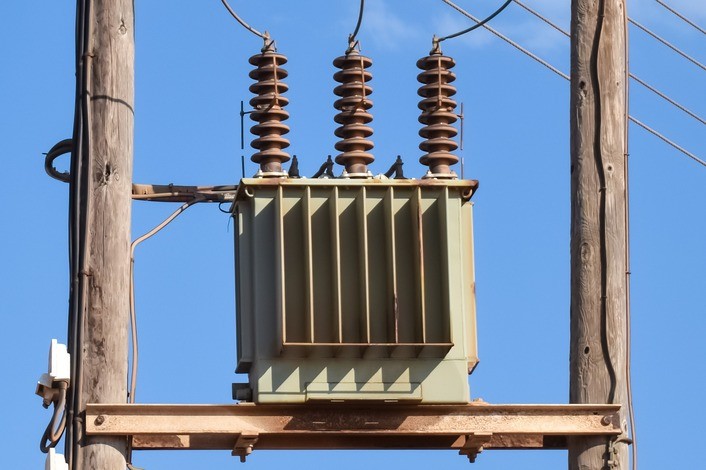Distribution transformers normally have ratings less than 200 kVA,[2] although some national standards can allow for units up to 5000 kVA to be described as distribution transformers. Since distribution transformers are energized for 24 hours a day (even when they don’t carry any load), reducing iron losses has an important role in their design. As they usually don’t operate at full load, they are designed to have maximum efficiency at lower loads. To have a better efficiency, voltage regulation in these transformers should be kept to a minimum. Hence they are designed to have small leakage reactance.[3]
Pune, India, Oct. 26, 2023 (GLOBE NEWSWIRE) — The global distribution transformer market is set to gain momentum from the rising demand for persistent and stable supply of electricity across the world. Several emerging economies are nowadays aiming to focus on upgrading the old power infrastructure. Therefore, the demand for IoT compatible distribution transformer would upsurge owing to the development of smart grids. Fortune Business Insights™, in an upcoming report, titled, “Distribution Transformer Market Size, Share & Industry Analysis, By Mounting Location (Pole, Pad, Underground Vault), By Phase (Single-phase, Three-phase), By Insulation (Dry, Oil Immersed), By Voltage (Low Voltage, Medium Voltage, High Voltage), By End-User (Residential, Commercial, Industrial, Utility) and Regional Forecast, 2019-2026,” published this information.

Post time: Dec-12-2023
 +862164567713
+862164567713 trihope@aliyun.com
trihope@aliyun.com



